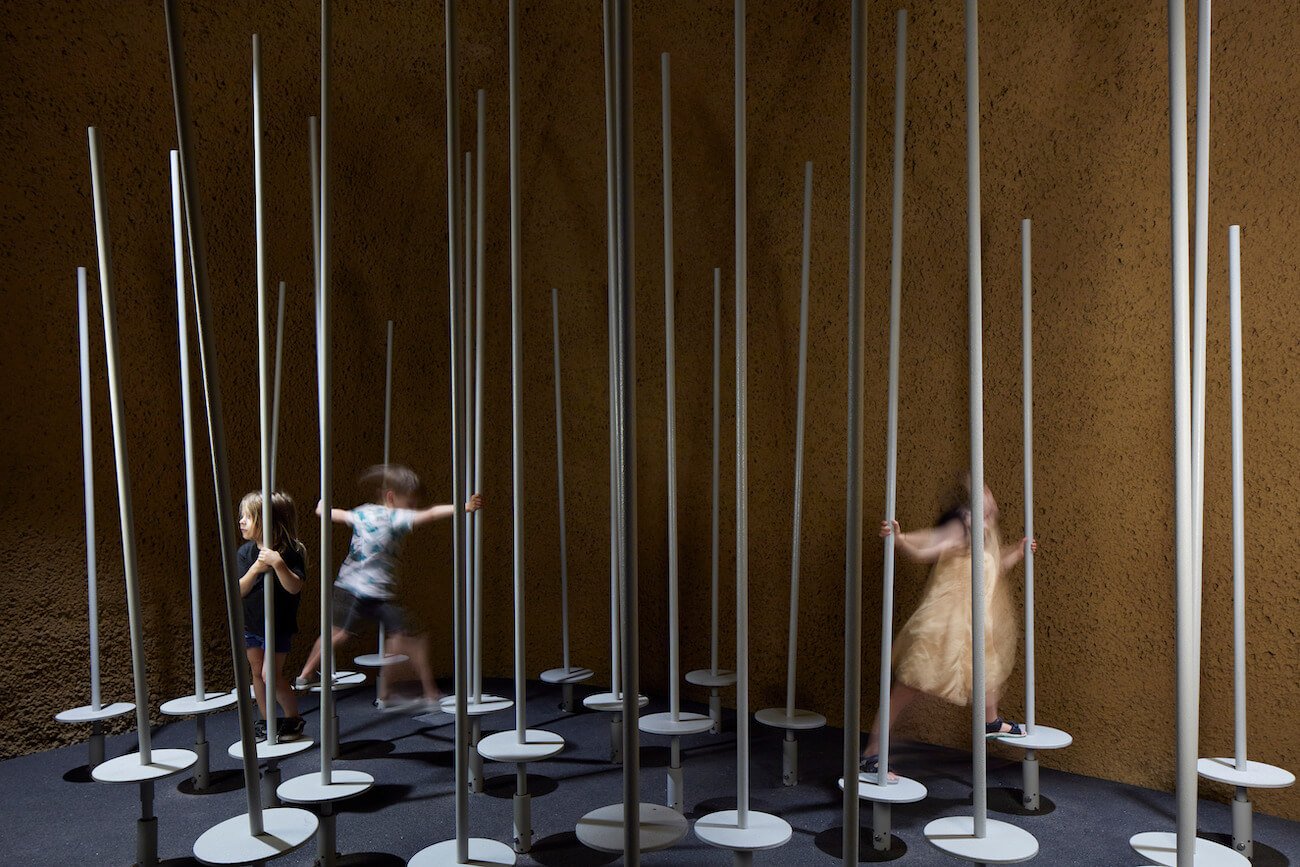What is it like to be an insect? It’s a question tackled by two seminal works. The first is Franz Kafka’s 1915 novel The Metamorphosis, which chronicles the sudden transformation of salesman Gregor Samsa into a “monstrous vermin,” who is neglected by his family and left to starve. The second is much more optimistic: the reimagined Montreal Insectarium opens an immersive window — or burrow — into the dynamic, sensitive and complex world of small invertebrates.

Established as a natural history museum in 1990, the Montreal Insectarium is the largest museum of its kind in North America, displaying a wealth of preserved insect species from around the world. In 2014, an architecture competition was initiated to reimagine the site as a more immersive fusion of architecture and nature. Led by Berlin architects in collaboration with local firms and , the winning design brings humans more intimate, living contact with the worlds of butterflies, bees and ants.

Forming part of Montreal’s expansive , the 3,600-square-metre complex comprises three distinct settings — an outdoor garden and two exhibition volumes, with office spaces and laboratories integrated throughout — which together convey visitors on a journey through a wide range of habitats and settings. It starts outdoors, where a sloping pollinator garden (designed by Berlin-based landscape architects ) leads to the museum entrance.

Past a bright, sunlit entry pavilion, the space transforms into a tight, winding underground corridor, evoking a burrow. The textured surface was created with “shotcrete,” a construction technique that involves spraying liquid concrete atop a rebar base — a method in another recent natural history museum, Studio Gang’s new Gilder Center in New York.

The narrow passageways and earthy brown walls mimic an ant hill, and lead to a group of six cave-like exhibition rooms, which invite visitors to experience life on a smaller scale, including a crevice where humans move like grasshoppers through the blades of a meadow, a room that simulates the pixelated vision of a fly, and a space that recreates a bee’s ultraviolet vision.


While each room’s program is varied, the whole of it is similarly finished in shotcrete. Here, the material blend was carefully chosen to wear gracefully and develop a smoother patina over time. (A year after the April 2022 opening, it’s held up reasonably well, with patches of the rough surface elegantly evened out.)

The journey culminates in a tall domed room — resembling an ant hill from the exterior — where a wealth of preserved insects is displayed in a more traditional, yet nonetheless whimsical, museum setting.

Past the dome, the journey continues between shotcrete walls, culminating in a remarkable greenhouse vivarium. Butterflies and leaf-cutter ants mingle amidst the lush, misted greenery, topped by a saw-toothed glass roof. It is a comforting, sensuous and even thrilling conclusion to the journey. This time, the metamorphosis has a happy ending.

The post appeared first on .